The Truth About Climbing Chalk: Does It Really Make You Stronger?
You’ve seen climbers chalk up before every climb — but does chalk actually make you stronger? Short answer: no. Chalk doesn’t boost muscle power. What it does do is improve friction by keeping your hands dry, and that improved friction can make your climbing feel stronger and more consistent.
This guide breaks down what chalk actually does, the pros and cons of different chalk types, common mistakes climbers make, and how to use chalk smartly so it helps your climbing without creating new problems.
What Climbing Chalk Actually Does
Climbing chalk (magnesium carbonate) absorbs sweat and moisture on your skin. Dry skin grips better — that’s the core idea. With drier hands you can get more consistent contact on holds, which translates to better technique, fewer slips, and more confidence when committing to moves.
- Chalk = moisture control: it reduces slipping by drying your hands.
- Chalk ≠ muscle: it doesn’t increase strength, but it helps you use your strength more effectively.
- Context matters: humidity, wall texture, and how you apply chalk all change its effectiveness.
The Science of Chalk and Friction (Quick)
Friction depends on contact between rubber (or skin) and rock/hold surface. Sweat creates a thin film between your skin and the hold that reduces friction. Chalk soaks up that film and helps the skin make more direct contact with the hold.
Note — too much chalk can be counterproductive. A thick, powdery layer on your hands or the hold can reduce friction by creating a slippery residue. The trick is controlled application.
Types of Climbing Chalk
Not all chalk is created equal. Here’s a practical breakdown, with an emphasis on the modern, gym-friendly picks.
- Loose Chalk — The go-to for most climbers. It’s easy to apply, lets you control how much you use, and works well across gym and outdoor sessions. We recommend loose chalk for general use because it balances coverage and control.
- Liquid Chalk — The modern favorite and our recommended choice for many gym climbers. It’s cleaner, dries quickly, and forms a base layer that lasts longer through sweaty boulders or humid days. Excellent when you want less mess and more consistent friction.
- Block Chalk — Traditional but increasingly less popular. You can break it up yourself and control dust, but it’s bulkier and messier than loose or liquid chalk. We mention it for completeness, but it’s not a priority product if you want the cleanest, most efficient experience.

Psyche Chalk — a homegrown favorite for reliable friction and clean performance.
When (and How Often) to Chalk Up
Chalking is a tool — use it intentionally.
- Apply a light dusting to your hands before a route or before a crux sequence.
- Chalk up again if you start sweating heavily or before a difficult move, but wipe excess off your hands rather than piling it on.
- Liquid chalk is great for a reliable base layer; top up with a little loose chalk if needed mid-session.
Common Chalk Mistakes
- Using too much: Powder build-up on holds creates a slick surface. Less is usually more. Remember to brush!
- Neglecting skin care: Chalk dries skin. Without care, you’ll get cracks and flappers — use balms and moisturizers off the wall.
- Wrong chalk for the environment: Liquid chalk for humid gyms; loose chalk for dry sessions; block chalk only if you prefer manual control.
Does Chalk Actually Make You Stronger?
Technically no: chalk does not increase muscle strength. Practically yes: by improving friction and consistency, chalk helps you apply your existing strength more effectively. That feeling of “stronger” comes from better contact with the rock or hold and fewer slips, which lets you climb with more confidence and less wasted effort.
Skin Care and Chalk: The Long Game
Chalk dries out skin — that’s unavoidable — so pair chalk use with a skin-care routine. After sessions, use a gentle cleanser, apply a climbing-specific balm or moisturizer, and let torn skin heal before climbing heavy again. This keeps your hands healthy and climbing-ready.

A good chalk bag or bucket keeps the mess down and the friction up. Featuring So iLL Tyvek Rolldown Chalk Bucket.
Try Different Chalks at Boulder Planet Showroom
Want to find your sweet spot? Try different chalk types in person. At Boulder Planet Showroom you can test loose chalk options and get staff recommendations for liquid chalk based on your sweat levels, climbing frequency, and how tidy you want to be in the gym.
Our quick tip: if you climb in humid conditions or hate messy hands and holds, start with liquid chalk. If you like to control exact coverage and don’t mind a bit of dust, loose chalk is a classic winner.
Conclusion
Chalk doesn’t build muscle, but it builds reliability. Used correctly, it’s a small gear choice that delivers big returns in confidence and consistency. Prefer liquid or loose chalk for modern gyms — mention to our staff at Boulder Planet Showroom what you climb, and they’ll point you to the best option.
Visit Boulder Planet Showroom to test chalk types, grab skincare suggestions, and find the right balance between friction and care. Climb smarter, not messier.

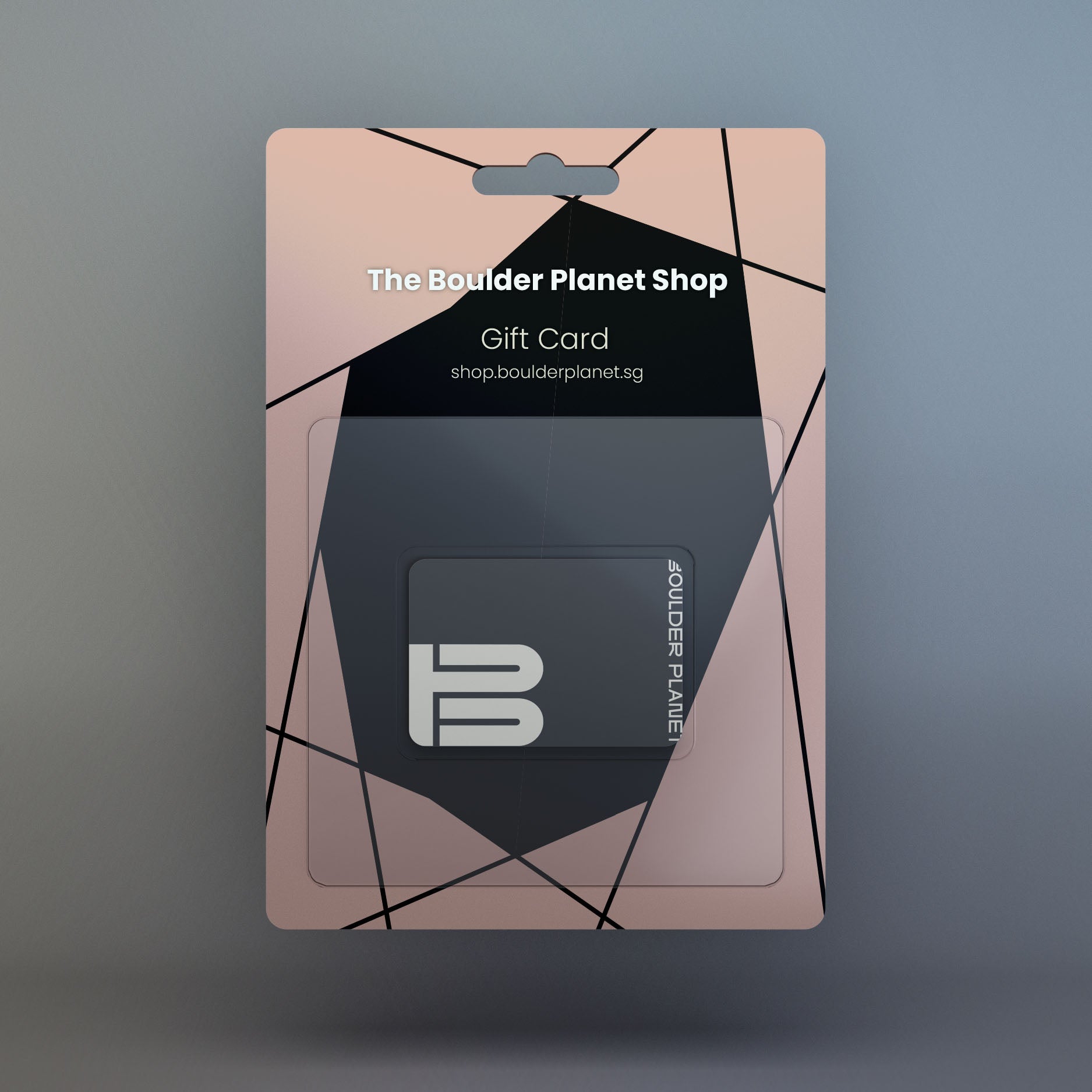
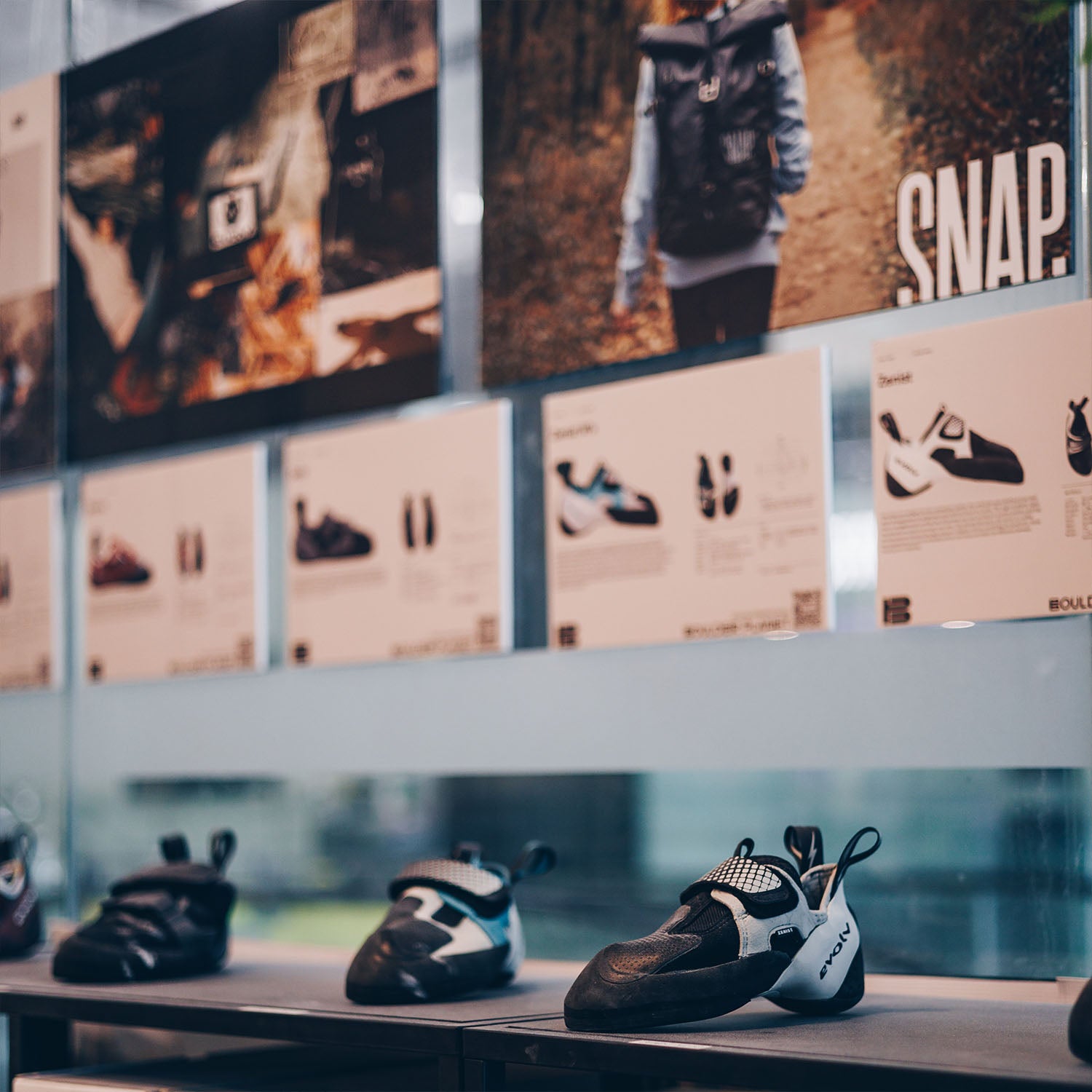

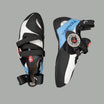
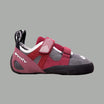

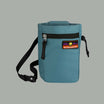
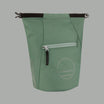
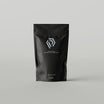
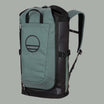
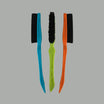
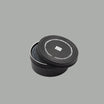
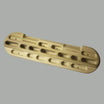
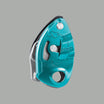

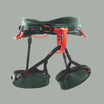



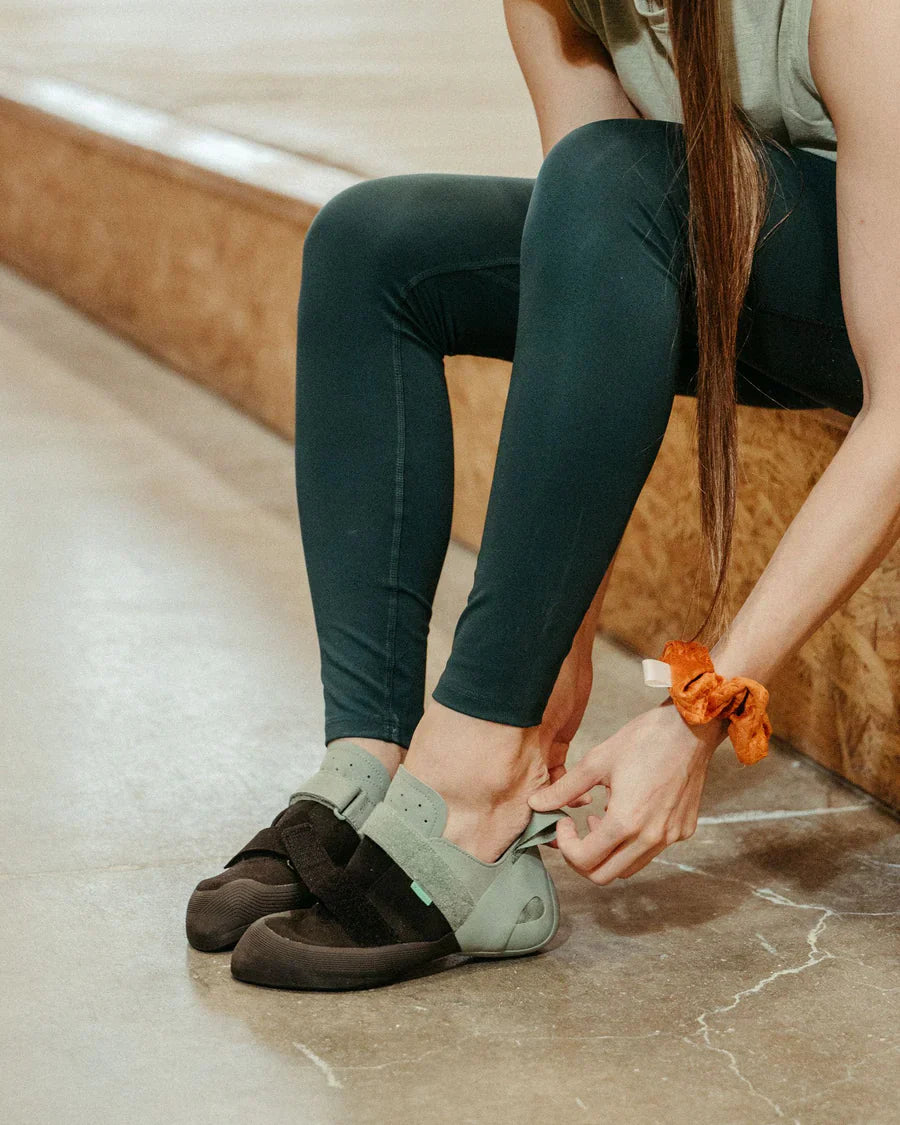

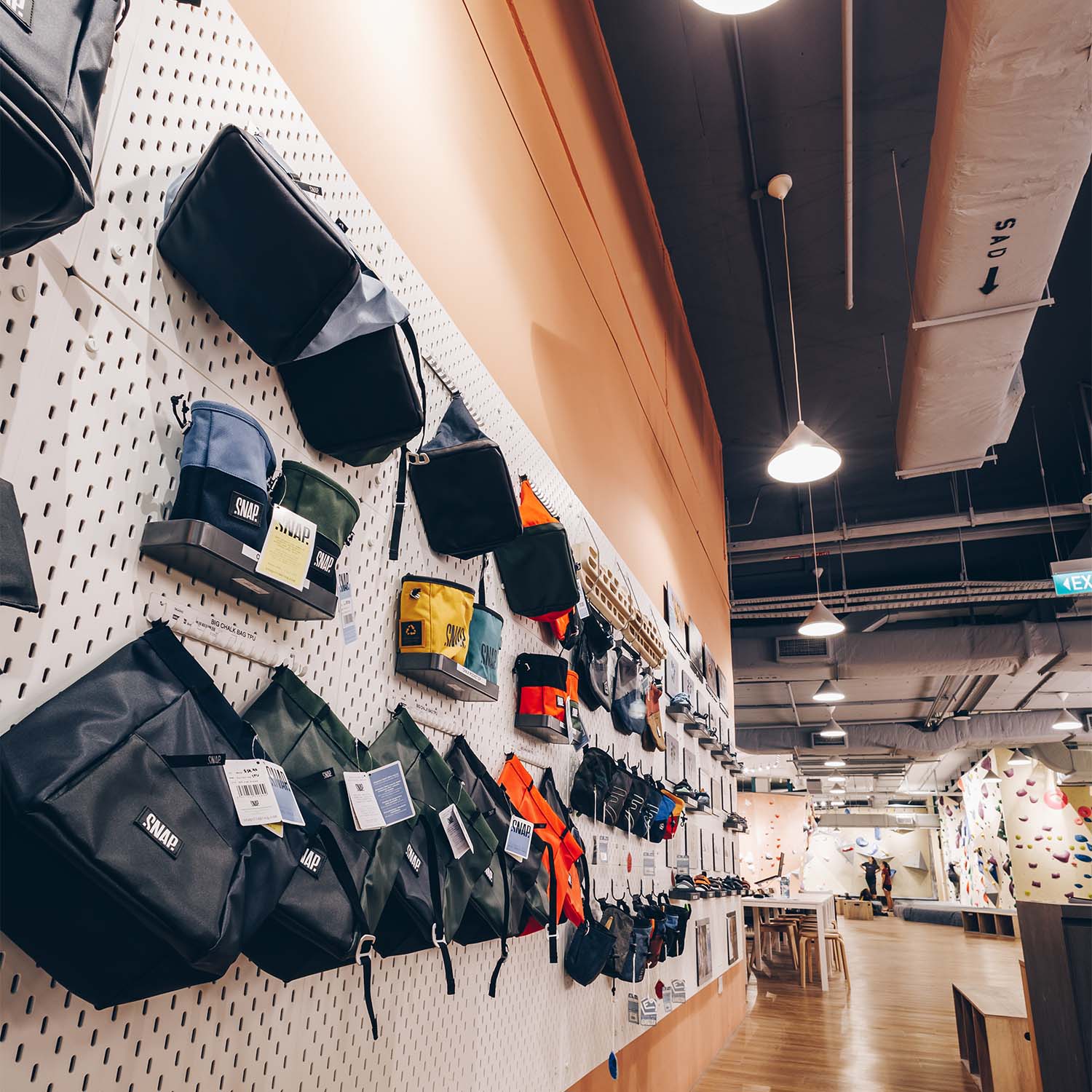

Leave a comment
This site is protected by hCaptcha and the hCaptcha Privacy Policy and Terms of Service apply.